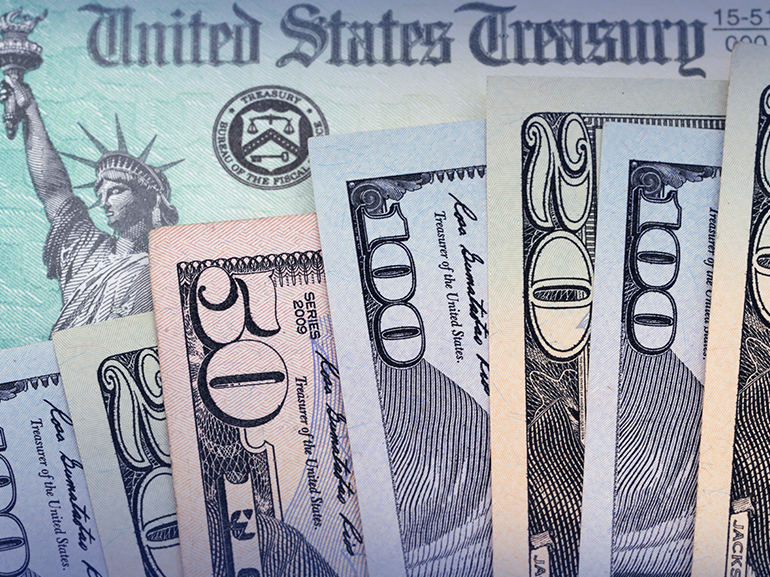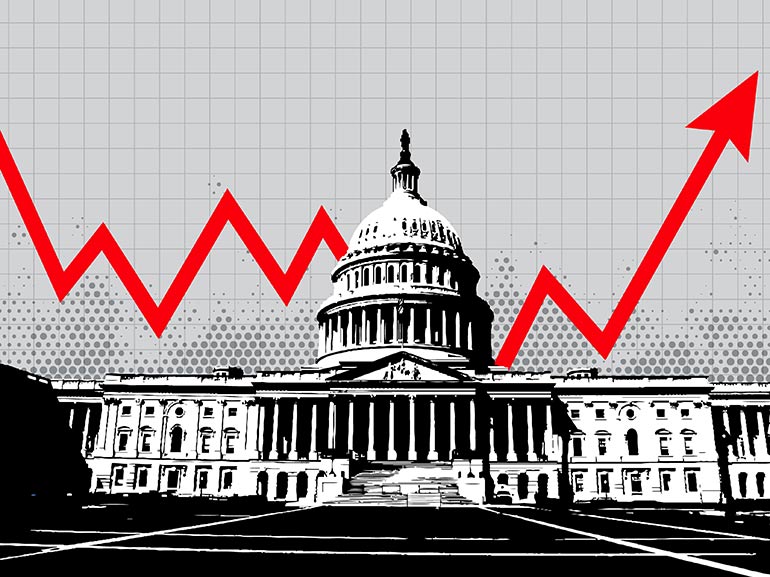EUR/HUF Trading Guide: How to Trade the EURHUF
Date Modified: 29/12/2024
For those looking to gain exposure to new and exotic forex pairs, the EUR/HUF may be an option worth considering. Let's learn about the dynamics of the Euro/Hungarian forint pair and explore the different ways it can be traded:

Understanding the EUR/HUF Currency Pair
The EUR/HUF forex pair reflects the amount of Hungarian forints required to purchase one euro. This pair captures the relative exchange value between the euro, the shared currency of the Eurozone, and the Hungarian forint, Hungary's national currency. By trading this pair, market participants can assess or speculate on the strength and market dynamics of these two currencies. Let's dive into the key features of each currency in this pair.
What Is the Euro?
The euro is the official currency of 20 of the European Union's 27 member states, collectively known as the Eurozone. Introduced in 1999 as a digital currency and followed by physical coins and banknotes in 2002, the euro replaced several national currencies, including the French franc and the German mark. Managed by the European Central Bank in Frankfurt, it is one of the world's most traded and significant reserve currencies, second only to the U.S. dollar.
Beyond the EU, the euro is used by microstates like Monaco and the Vatican as well as nations like Montenegro and Kosovo. Its influence extends globally, with several currencies pegged to it as well. With over €1.3 trillion in circulation as of recent years, the euro plays a vital role in international finance, symbolising European unity and stability.
What Is the Hungarian Forint?
The Hungarian forint (HUF), symbolised as Ft, is Hungary's official currency. The forint's modern iteration was introduced on 1 August 1946 as part of efforts to stabilise Hungary's economy following the ravages of the Second World War. This introduction helped curb hyperinflation caused by economic disruptions, including Soviet reparations and domestic instability. For several decades, the currency remained relatively stable, but the transition to a market economy in the early 1990s triggered significant inflation, reaching 35% in 1991. Inflation stabilised thereafter, remaining in single digits from 2001 until 2022. However, external pressures, such as the Russian invasion of Ukraine, pushed inflation to 10.7% in 2022.
The name "forint" originates from the gold coins, fiorino d'oro, minted in Florence during the Middle Ages, which inspired the minting of Hungary's own gold-based florentinus currency in 1325. Today, the forint remains Hungary's national currency, despite the country's membership in the European Union. As of 2024, Hungarian leaders reportedly aspire to move toward entry into the Eurozone in the future, although a firm date for such action has not been set.
The History of the EUR/HUF Pair
The EUR/HUF forex pair reflects the exchange rate dynamics between the euro and the Hungarian forint, and has been influenced by significant macroeconomic shifts over time.
In the early 2000s, Hungary's transition to a market economy and its EU accession aspirations stabilised the forint, with the EUR/HUF rate averaging around 235. However, the 2008 global financial crisis disrupted this trend, causing the forint to depreciate sharply as Hungary's economy struggled under high debt levels. The EUR/HUF rate surged past 260, reflecting a flight to safer currencies like the euro.
Post-2010, Hungary's economic reforms and EU funding bolstered the forint, stabilising the EUR/HUF around 310 by mid-decade. However, recent global events, including the COVID-19 pandemic and the 2022 energy crisis, pressured the forint, pushing the EUR/HUF to unprecedented highs above 400.
This historical volatility showcases the pair's sensitivity to regional and global economic trends, offering both opportunities and risks for traders.
What Is EUR/HUF Trading?
EUR/HUF trading involves speculating on the exchange rate between the euro (EUR) and the Hungarian forint (HUF). This rate reflects how many Hungarian forints are needed to buy one euro. For instance, if the EUR/HUF pair is trading at 380.00, it means 380 HUF is required to purchase 1 EUR. Participating in this forex pair's price movements can be done either by traditional foreign exchange trading or by trading forex CFDs.
Why Trade EUR/HUF CFDs?
Trading the EUR/HUF pair can be appealing for forex CFD traders looking for alternatives to more commonly traded pairs. Its volatility provides frequent price movements, which may present opportunities for traders who anticipate market trends.
The EUR/HUF pair reflects the economic relationship between the Eurozone and Hungary, offering insights into regional shifts. This makes it a useful tool for traders interested in emerging European markets. This currency pair's exchange rate is influenced by various factors, including Hungary's economic performance, the monetary policies of the European Central Bank (ECB) & the Hungarian National Bank (MNB), and global economic events. Changes in inflation, interest rates, and political developments can all cause significant fluctuations, offering potential trading opportunities.
With forex CFDs, traders can use leverage to amplify their potential returns. However, this mechanism also heightens the risk of losses, making it vital to employ careful risk management strategies and to only trade with funds you can afford to lose.
What Are the Trading Hours for EUR/HUF CFDs?
On the Plus500 platform, EUR/HUF CFDs are available for trading each week from Sunday at 10:00 PM CET until Friday at 10:00 PM CET. However, these trading hours may differ according to the operator.
Factors Affecting the EUR/HUF FX Pair
The EUR/HUF currency pair is affected by a range of interconnected elements arising from both the Eurozone and Hungarian economies, as well as from global economic conditions. Understanding these drivers is essential for traders seeking to navigate this market effectively.
- Economic Indicators: The exchange rate between the euro and the Hungarian forint is shaped by fundamental economic metrics. Factors like GDP growth rates, inflation data, trade balances, and consumer spending trends in the Eurozone and Hungary significantly impact the pair's movements.
- Political Developments: Political events in Hungary and across the Eurozone can drive fluctuations in the EUR/HUF exchange rate. Policy shifts, elections, or geopolitical tensions may introduce volatility, making it crucial for traders to stay informed about the latest developments.
- Monetary Policies: Central bank decisions are a major influence on the EUR/HUF pair. The European Central Bank (ECB) and the Hungarian National Bank (MNB) use tools such as interest rate adjustments and quantitative easing programmes to manage inflation and economic stability, directly affecting the currency pair's valuation.
Popular EUR/HUF Trading Methods
Traders of the EUR/HUF pair can choose from several trading approaches, each offering distinct advantages and catering to different trading styles.
- Spot: Spot trading involves immediate transactions at prevailing market prices, typically settled within two business days. This straightforward approach is ideal for those seeking direct engagement with the currency market.
- Futures: The futures market provides standardised contracts to trade EUR/HUF at a set price on a future date through regulated exchanges.
- Forwards: In forward contracts, traders agree to exchange the EUR/HUF pair at a predetermined price on a specified future date. This is a common method for hedging against anticipated currency fluctuations and managing financial exposure.
- Forex CFDs: Trading forex CFDs allows investors to speculate on the price movements of the EUR/HUF pair without owning the actual currencies. CFDs enable both long and short trading positions, giving traders the flexibility to benefit from rising or falling markets. Leverage is often available, amplifying potential returns, though it also increases the risk of loss.
Key Concepts When Trading EUR/HUF CFDs
- Leverage in Trading: Leverage allows traders to control larger positions with less capital, offering the potential for higher returns. However, the increased risk associated with leverage requires careful management to avoid significant losses.
- Market Factors: Traders should monitor economic reports such as Hungary's inflation rates, industrial production, and unemployment data alongside Eurozone statistics. Political developments and global events also play a vital role in shaping market sentiment.
- CFD Trading Dynamics: With CFDs, traders can profit from both bullish and bearish trends in the EUR/HUF market. This flexibility makes it a popular choice for short-term trading. However, the potential for high volatility necessitates robust risk management strategies.
- Risk Management Practices: Effective risk management is essential for trading success. This includes using stop-loss orders, diversifying trades, and staying abreast of macroeconomic developments to make informed decisions.
How to Trade EUR/HUF CFDs With Plus500
- Understand the Basics: Begin by learning the fundamentals of CFD trading. Explore educational materials like the Plus500 Beginners' Guide to grasp how CFDs work, the role of leverage, and the associated risks. Building a solid foundation is essential before investing any funds.
- Set Up Your Account: Register for a trading account and complete the verification process. Use the demo trading feature to practice in a simulated environment, allowing you to refine your approach and gain confidence without financial risk.
- Trade EUR/HUF CFDs: Once your account is funded, find the EUR/HUF pair on the Plus500 trading platform. Evaluate market trends to determine whether to go long (anticipating the euro's appreciation against the forint) or short (expecting the opposite). Always apply risk management techniques, like stop-loss orders, to protect against significant losses, as CFD trading involves a high risk of losing money.
Conclusion
The EUR/HUF forex pair offers traders a unique opportunity to explore the dynamic interplay between the Eurozone and Hungary's economy. With its distinct volatility and sensitivity to economic and political factors, this pair can provide intriguing prospects for both seasoned and novice traders. Forex CFD trading, however, carries significant inherent risks and, therefore, requires a thorough understanding of market fundamentals and prudent risk management.
Now you're ready to start trading EUR/HUF CFDs!
FAQs
The EUR/HUF exchange rate is influenced by factors such as economic indicators, central bank policies, political developments, and global market trends.
Yes, CFD trading platforms like Plus500 often offer leverage for trading EUR/HUF, but it increases both potential profits and risks.
On most platforms, EUR/HUF CFDs are available via Plus500 from Sunday 10:00 PM CET to Friday 10:00 PM CET, though hours may vary by operator.
Related News & Market Insights
Get more from Plus500
Expand your knowledge
Learn insights through informative videos, webinars, articles, and guides with our comprehensive Trading Academy.
Explore our +Insights
Discover what’s trending in and outside of Plus500.
Stay up-to-date
Never miss a beat with the latest News & Markets Insights on major market events.


